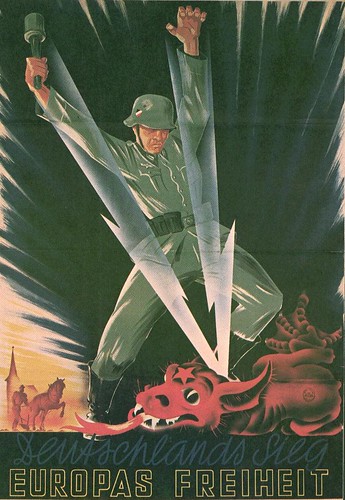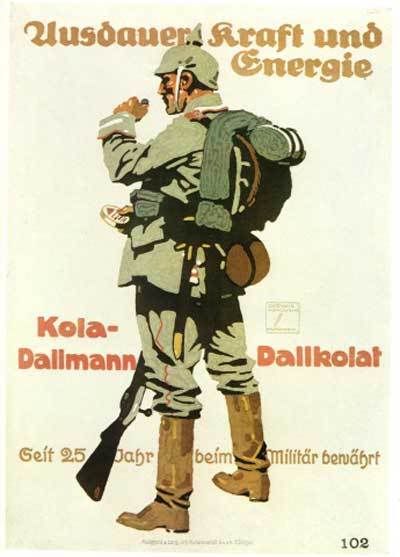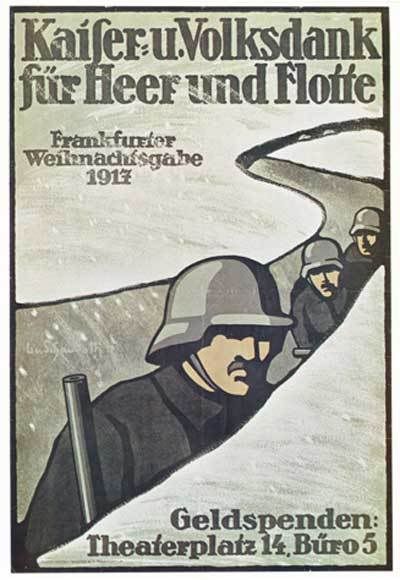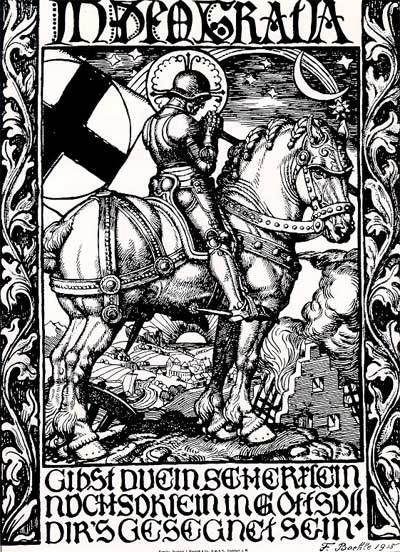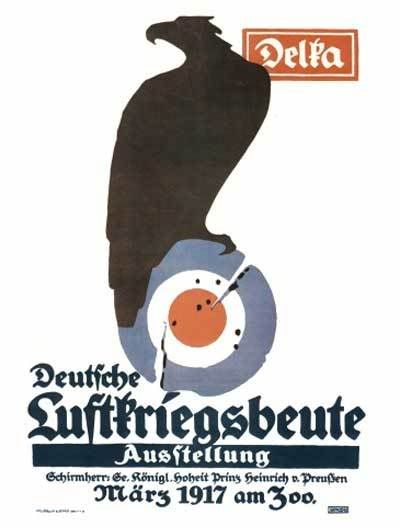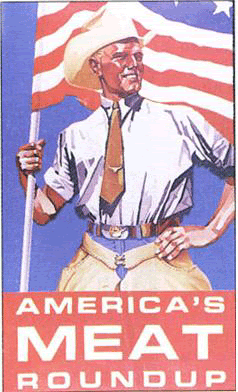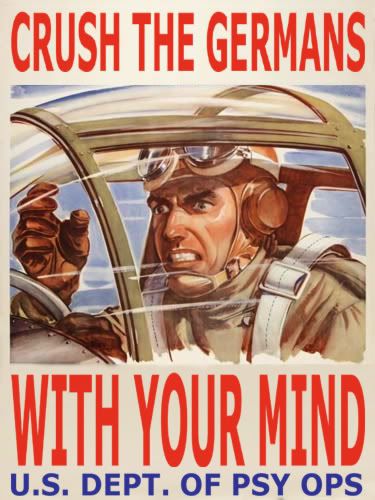 Fritz Lang's Metropolis (1927) used humongous buildings and sharp angles to help convey a feeling of progress and repression in society.
Fritz Lang's Metropolis (1927) used humongous buildings and sharp angles to help convey a feeling of progress and repression in society. King Kong used towering skyscrapers to help contrast the humongous mountains and jungles of Skull Island.
King Kong used towering skyscrapers to help contrast the humongous mountains and jungles of Skull Island.
 The video game Bioshock was released in 2007, and utilized Art Deco in many building and sign designs.
The video game Bioshock was released in 2007, and utilized Art Deco in many building and sign designs.
 The Rocketeer (1991) was a throwback to Art Deco, along with Republic serials of the 1950s like Commando Cody and His Flying Suit. It featured streamlined designs and terrific posters that really captured the feel of the times.
The Rocketeer (1991) was a throwback to Art Deco, along with Republic serials of the 1950s like Commando Cody and His Flying Suit. It featured streamlined designs and terrific posters that really captured the feel of the times. Sky Captain and the World of Tomorrow was inspired by sci-fi films of the 30s and 40s, along with the 1939 World's Fair.
Sky Captain and the World of Tomorrow was inspired by sci-fi films of the 30s and 40s, along with the 1939 World's Fair.And, just for fun, an Art Deco X-Men poster.

- Colin


